Neemrana Baori
This abandoned stepwell is one of the largest, deepest, and certainly one of the creepiest in India.
The bland approach to Neemrana stepwell doesn’t give even the slightest hint of what a visitor is about to encounter. You proceed into the little town of Neemrana, turn right at a featureless corner, drive a few hundred yards down a narrow strip of tarmac, and pull over near a plain stone wall.
Careful as you start walking; the view that slowly unfolds is hard to process. There’s a huge manmade chasm where the ground is meant to be, and this unexpected canyon is so deep and so long that its exact size is impossible to fathom. When steps—lots of them—appear, their descent is nearly vertical, and the prospect of stumbling is truly alarming. In fact, anyone with acrophobia, stay away.
Welcome to Neemrana baori! This is a subterranean stepwell, regionally known as baori, baoli, bawadi, and vav. It’s a unique type of water-harvesting structure, thousands of which were built throughout India starting around 600 CE. They were perhaps the most significant and multi-functional buildings of their day, primarily providing water year-round. Marvels of architecture, engineering, and art, stepwells guaranteed access to the precious resource, but at Neemrana, for instance, the groundwater was buried so deeply underground that nearly 200 steps were required to reach it during dry seasons. Then, when the monsoons arrived, the water level rose, the steps submerged, and the cycle of dramatic fluctuation repeated.
Unfortunately, their past prominence was no guarantee of a noteworthy future, and stepwells slid off history’s grid. Today, most are entirely unknown to the world, even within India where they should be right up there with forts, palaces, tombs, and temples as sites for tourists to throng. The advent of the British Raj, modern water pumps, and plumbing all rendered stepwells obsolete and, untethered from their main purpose, the vast majority became dilapidated, anonymous, filthy, and almost always heartbreaking.
Located just a few kilometers off the busy Delhi/Jaipur highway, Neemrana Baori is among the most impressive stepwells in India by virtue of being one of the largest, deepest, and certainly one of the creepiest. There’s an overwhelming sense of abandonment to the place, its broken ledges, dangerously cracked steps, garbage, and graffiti all testaments to its profound neglect. There are precariously hanging bee nests under the eaves, and bats take up residence in the dark corridors. India’s green parakeets flit around, but even their noisy presence can’t dispel the palpably forlorn ambiance here.
It’s nearly inexplicable that something so extraordinary (not to mention humungous) as Neemrana appears on no itinerary, in no guidebook, or in the accepted canon of architecture. Such is the case with nearly all stepwells, and only a relative handful are cared for, with one, Rani ki Vav in Gujarat, miraculously earning UNESCO World Heritage status in 2014. But there is such an absence of factual information about most of them that scholars often can’t agree when a stepwell was constructed or who built it, as is the case with Neemrana, which has been ascribed to three separate centuries.
The rampant decay may have diminished Neemrana’s magnificence, but it certainly hasn’t destroyed it. This was a welcoming, awe-inspiring, life-giving oasis for centuries of villagers, caravans, and pilgrims who could rest in the cool alcoves, fetch water, hunker down for days away from the hot sun. It may be clinging to life, but it still has the power to awe.
Victoria Lautman is an arts and culture journalist with a focus on India. Her book, The Vanishing Stepwells of India, was published in 2017 by Merrell (London). Follow her @victorialautman.
Community Contributors
Added by
Edited by
Plan Your Trip
The Atlas Obscura Podcast is Back!




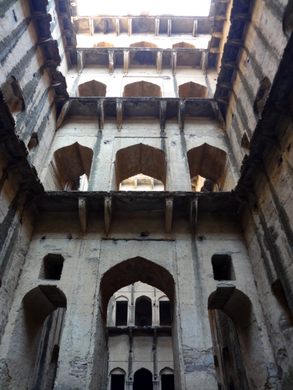
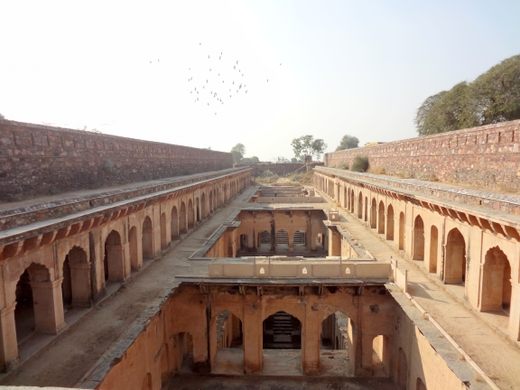
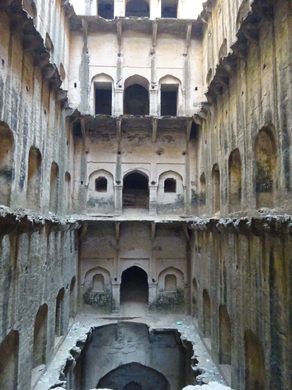
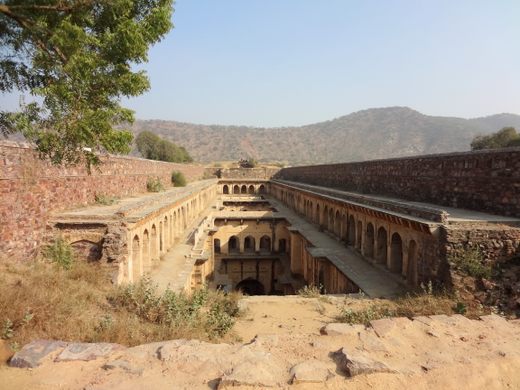
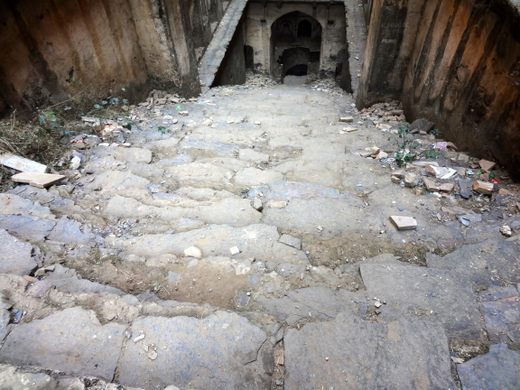






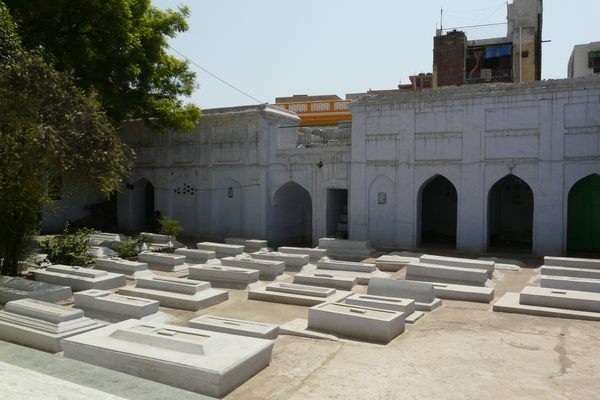





Follow us on Twitter to get the latest on the world's hidden wonders.
Like us on Facebook to get the latest on the world's hidden wonders.
Follow us on Twitter Like us on Facebook